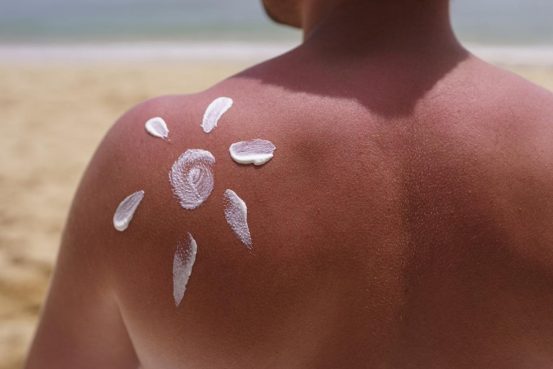
As consumers end up being increasingly smart concerning skincare, the discussion between chemical and physical sun blocks remains to be a hot topic. While both offer important security versus the sunlight's hazardous ultraviolet (UV) rays, physical sun blocks are usually admired for their mild yet effective solution, making them a preferred option for those with delicate or reactive skin. The secret to their success lies in their energetic components, which produce a physical barrier on the skin to block out UV radiation. This short article will look into the globe of physical sun blocks, concentrating on their key components: zinc oxide and titanium dioxide.
Unlike their chemical equivalents, which absorb UV radiation and convert it right into warm, physical sunscreens work by sitting on top of the skin to develop a shield that disperses and spreads both UVA and UVB rays. This device is why they are frequently referred to as "sunscreens." The key advantage of this method is its immediate effectiveness upon application and the reduced probability of triggering skin irritation, as the active ingredients are not taken in into the skin.
One of the most well known ingredient in the physical sun block family is Zinc Oxide. This giant mineral is one-of-a-kind in its capability to provide broad-spectrum defense, indicating it effectively secures the skin against the complete range of UVA and UVB rays. UVA rays are in charge of early aging, consisting of creases and fine lines, while UVB rays are the key root cause of sunburn. By offering detailed protection versus both, zinc oxide plays an important duty in protecting against sun damage and lowering the danger of skin cancer cells.
In addition, zinc oxide is renowned for its calming residential or commercial properties. It has actually been made use of for centuries to treat minor skin irritabilities, breakouts, and burns, a testimony to its gentle nature. This makes sunscreens developed with zinc oxide a suitable option for individuals with delicate skin, acne-prone skin, or conditions like rosacea and eczema. Its non-comedogenic residential or commercial properties additionally indicate it is much less most likely to clog pores, an usual concern for those with oily or combination skin.
The various other key player in the physical sun block category is Titanium Dioxide. This naturally taking place mineral is another exceptional ingredient for developing a physical barrier against UV rays. It is very effective at mirroring and scattering UVB radiation, giving durable protection against sunburn. While it uses excellent defense across the UVB range, it is typically considered much less efficient versus long-wave UVA rays compared to zinc oxide.
For this reason, titanium dioxide is commonly made use of along with physical sunscreen ingredients zinc oxide in sun block solutions. This mix creates a synergistic impact, improving the total broad-spectrum defense of the product. By leveraging the toughness of both active ingredients, formulators can create a sun block that uses thorough and reliable protection versus the sun's harmful rays. Like zinc oxide, titanium dioxide is likewise gentle on the skin and is an appropriate choice for those with sensitive or quickly inflamed skin.
In recent years, advancements in formula innovation have attended to among the first downsides of physical sunscreens: the thick, white actors they would frequently leave on the skin. Modern solutions currently utilize micronized or nano-sized fragments of zinc oxide and titanium dioxide, which allows for an extra cosmetically classy application without compromising their protective capabilities. This indicates you can delight in the mild, efficient protection of a physical sun block without the tell-tale white deposit.
In conclusion, physical sun blocks provide a reliable and mild way to shield your skin from the sun. Their celebrity ingredients, zinc oxide and titanium dioxide, work in consistency to produce a physical guard that deflects unsafe UVA and UVB rays. With their exceptional safety account and viability for all skin types, especially delicate skin, physical sun blocks are a powerful force in the battle against sunlight damage. The following time you are Surf the sunscreen aisle, take into consideration the powerful, safety, and skin-loving benefits of a physical formulation.